
Patricia Brennan Interview Visión Festival (NYC, 2023)
Patricia Brennan Interview
Visión Festival (NYC, 2023)
El pasado viernes 16 de junio de 2023 tuve el privilegio de entrevistar a una destacada figura del jazz, la percusionista, marimbista y vibrafonista Patricia Brennan. Nos reunimos en el backstage de Roulette, un prestigioso teatro ubicado en Brooklyn, New York en dónde acontecía el Vision Festival, festival de música de vanguardia organizado por Arts for Art.
Pocos momentos antes de su esperado concierto en el festival junto al baterísta Marcus Gilmore, el contrabajista Kim Cass y el percusionista Mauricio Herrera, Patricia Brennan compartió conmigo detalles sobre su último trabajo discográfico «More Touch», lanzado bajo el sello Pyroclastic Records, y mucho más: desde su visión y aproximación musical hasta su historia personal. Esta entrevista nos brinda una mirada íntima a su música y a los artistas que la acompañaron en este destacado proyecto.
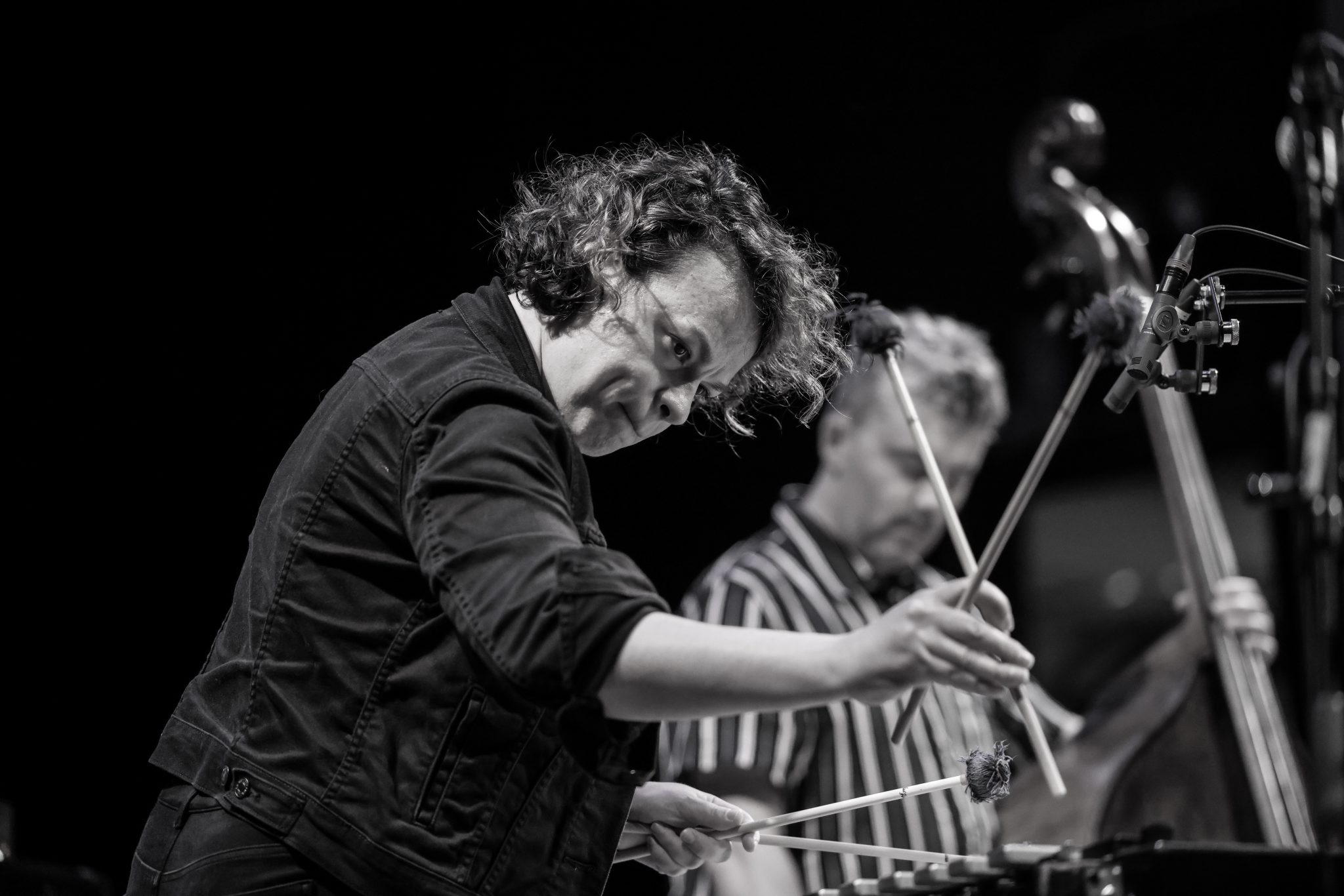
In&OutJazz. ¿Por qué elegiste esta formación para tu último proyecto y trabajo discográfico More Touch?
Patricia Brennan. La elección de esta formación está relacionada con dos aspectos importantes. En primer lugar, tiene que ver con mi experiencia como percusionista clásica en México, en la que he estado muy involucrada en proyectos de cuarteto y he trabajado estudiando a compositores como Xenakis, Reich, Stockhausen… entre otros.
Estoy enamorada de la forma en que los percusionistas piensan la música, especialmente los de orquesta, quienes tienen una visión amplia y deben comprender cómo encajar en el panorama general. Mi intención con este proyecto era formar un cuarteto de percusión en formato de jazz. Para ello, elegí a Marcus Gilmore porque lo conocí en 2013 en un ensemble grande, donde pude apreciar su trayectoria y sus influencias en los ritmos afrocubanos y otras tradiciones percusivas.
Otro factor importante en la realización del proyecto es mi origen mexicano y, en particular, mi conexión con el puerto de Veracruz. Esta localización tiene una cultura, comida y mezcla de personas muy peculiar, muy diferente al resto de México, con influencias españolas como el son jarocho que incorpora el zapateado del flamenco junto con la guitarra y que se ha fusionado con ritmos afromexicanos. En Veracruz, todo el mundo crece bailando salsa y tocando congas. Mi padre incluso tiene un grupo de son cubano, por lo que es parte integral de la cultura veracruzana.
Yo crecí y viví con esa música, así que era crucial para mí que el baterista no solo fuera un baterista de jazz, sino que también tuviera estas influencias y pudiera adaptarse a todo tipo de estilos. Con respecto a Mauricio Herrera, lo conocí hace mucho tiempo aquí, en Nueva York, aunque no habíamos tocado juntos hasta este proyecto.
Él y yo tenemos muchos amigos en común de Veracruz y compartimos la fuerte tradición afrocubana de esa región. Quería un experto en percusión que trajera ese tipo de tradición, que estuviera profundamente formado en esas tradiciones y no solo tocara un poco de esto y un poco de aquello. De hecho, hemos tenido muchas reuniones para discutir cómo podemos incorporar esas influencias en mi música.
La otra razón es que es muy difícil encontrar a un percusionista tan versátil, alguien que pueda desenvolverse en un contexto de free jazz y sepa qué hacer en momentos de estructuras flexibles.
En cuanto a Kim Cass lo conozco desde hace varios años, y para este proyecto, era necesario encontrar a un bajista que pensara como un percusionista, y Kim tiene un gran sentido rítmico. Kim Cass maneja estructuras rítmicas complejas y es un monstruo tocando el bajo. Puede adaptarse a cualquier tipo de escenario, es fantástico.
In&OutJazz. Utilizas pedales y electrónica en tu música, ¿cuál es tu relación con este mundo sonoro?
Patricia Brennan. Sí, hago uso de pedales y electrónica. Antes de tocar el vibráfono, también tocaba el piano y una de las dificultades que encontré al pasar al vibráfono fue la falta de profundidad en el registro del instrumento, por ello, quería encontrar una forma de expandir el rango sin cambiar de instrumento. En ese momento, mi vibráfono no tenía motor incorporado, y el precio de agregar un sistema de amplificación era el mismo que el de comprar pedales, así que tomé la decisión de comprar un pedal Whammy y noté que mejoraba la textura del sonido. Lo utilicé en solitario y funcionó, luego lo probé en cuarteto y, a partir de ahí, fui incorporando más pedales a mi configuración.
Mi enfoque, primero, se basa en encontrar el sonido de manera acústica, y luego amplificarlo, y desde luego intento no usar pedales si no son necesarios o si consigo el sonido deseado de manera acústica, aplicando los pedales como una extensión de mi instrumento. Primero tengo el sonido en la cabeza y luego intento buscarlo.
He estado utilizando pedales desde 2016 y ha sido como aprender a tocar un instrumento completamente nuevo, lo veo como un set de multi-percusión. Dedico mucho tiempo a probar diferentes configuraciones para encontrar los sonidos que deseo.
Es una exploración profunda que requiere tiempo y dedicación. Cada vez que agrego un nuevo pedal, paso mucho tiempo practicando con él antes de usarlo en presentaciones en vivo. Por ejemplo, hoy no voy a usar un pedal que he tenido por un tiempo porque aún no tengo la relación deseada con él. Además, trato de no planificar demasiado el uso de los pedales, me gusta que sean utilizados de manera completamente improvisada, sin marcas predefinidas.
In&OutJazz. ¿Cuál es tu aproximación al free jazz y la improvisación libre?
Patricia Brennan. Muchas piezas de percusión requieren improvisación y en el mundo de la música clásica, muchas piezas comienzan con conceptos de improvisación. Mi concepto de improvisación se desarrolló de manera muy abierta, no se originó en términos de cómo tocar jazz, por ejemplo. Me inspiró mucho Keiko Abe, una marimbista muy importante en este aspecto, quien improvisa todos sus conciertos. Ella utiliza células con diferentes notas, similar al funcionamiento de una partitura de free jazz y yo siempre quise tener esa libertad y pensar en la improvisación de esa manera, interactuar de forma libre.
Comencé con un programa llamado School for Improvisational Music en Brooklyn, dirigido por el trompetista Ralph Alessi. A través de este programa, tuve la oportunidad de escuchar a personas como Vijey Iyer, Ralph Allessi o Tim Barnes entre otros, y eso me introdujo al free. Pero para mí, el enfoque es el mismo, me parece necesario desarrollar los fundamentos, tus instintos y habilidades musicales, y mejorarlos para utilizarlos al improvisar.
A menudo, mis estudiantes me preguntan cómo pueden desarrollar su propia voz en la música, y para mí, eso implica estar siempre conectado con lo que te mueve y ser honesto contigo mismo. Es fácil dejarse llevar por lo que está de moda o seguir a la multitud, pero lo importante es seguir tu propio camino y, en algún momento, desarrollarás tu propia voz. No se trata sólo de desarrollar habilidades técnicas, sino también de ser espontáneo, libre y creativo. Aún estoy tratando de descubrirlo por completo, es como estar en una corriente en el mar y necesitas estar presente y preguntarte constantemente si estás conectado con eso. Es muy fácil desviarse y perder el rumbo.


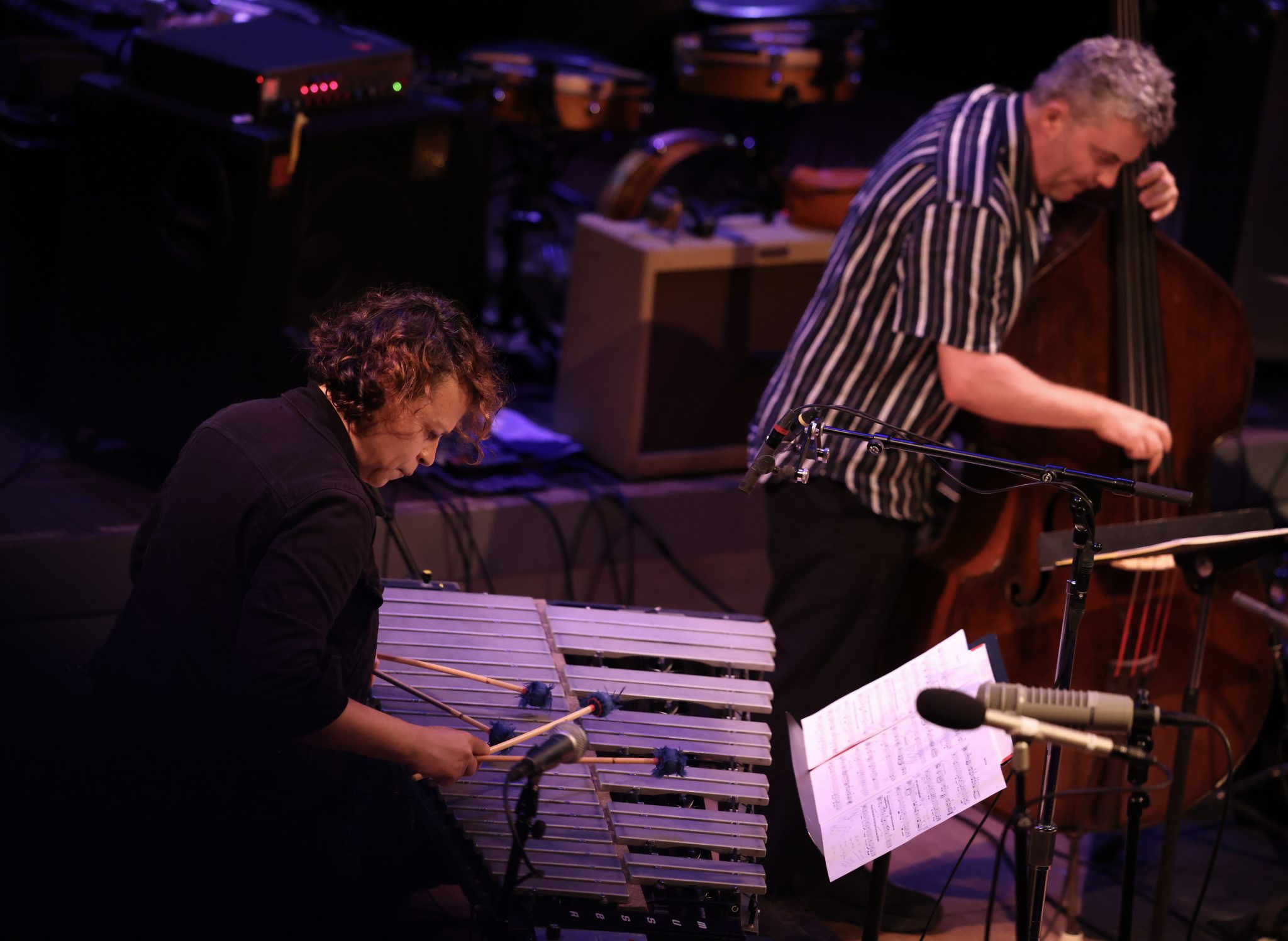



In&OutJazz. ¿De qué manera abordas el estudio personal?
Patricia Brennan. En mi estudio personal, mantengo la idea de improvisar, pero también me centro en aspectos prácticos y concretos del estudio. Por supuesto, debo realizar ejercicios técnicos, pero lo más importante es tener compromiso con todo lo que hago y abordar mi práctica siempre desde un punto de improvisación. Por ejemplo, si estoy practicando un patrón de golpeo con baquetas, puedo aplicar el patrón 1-2-3-4, pero desde una perspectiva de free improvisation, explorando posibilidades creativas y siempre manteniendo una conexión con la música. Para mí, es crucial que esa parte que le da vida a la música esté siempre presente. Esta mentalidad proviene de mi formación clásica, con la que aprendí a sumergirme en la mente del compositor e intentar comprender la música con una actitud presente y conectada.
In&OutJazz. ¿Cuál es tu relación con Arts for Art y cuál crees que es la importancia del Vision Festival?
Patricia Brennan. Arts for Art es una organización con la que me siento muy conectada, y creo que el Vision Festival es de suma importancia. Es un lugar donde músicos que viven la música de una manera similar a la mía se reúnen. Todos ellos tienen una presencia significativa en la escena actual, y piensan de forma creativa. Siento que los músicos que participan en este festival realmente ven la música de esa manera, y eso no es algo que se encuentre todo el tiempo ni en todos los festivales de jazz. El Vision Festival genera un sentido de comunidad y expone tanto al público como a las generaciones más jóvenes a esta música que puede impactar a diversas generaciones e inspirarlas. Es una plataforma vital para la difusión y apreciación de la música jazz en todas sus formas, y creo que su existencia es fundamental para el desarrollo y la preservación de este arte.
In&OutJazz. ¿Cómo has experimentado tu propio crecimiento y desarrollo como mujer líder en el ámbito del jazz y la industria jazzística?
Patricia Brennan. Ha habido muchas mujeres jazzistas y líderes que han contribuido al desarrollo de la igualdad en el jazz. En cuanto a mi propio desarrollo y ser mujer en este ámbito, puedo decir que cuando comencé en la música las cosas eran muy diferentes a como son ahora. Si bien tuve la suerte de contar con el apoyo de muchos de mis maestros aquí en Estados Unidos, una razón importante por la que me fui de México fue el machismo arraigado en la cultura. En México, no podría hacer lo que hago aquí y ser tomada en serio. He luchado mucho para llevar mi grupo a mi país, y uno de los factores es esa cultura patriarcal que, aunque no es intencionado, el machismo está profundamente arraigado.
Siendo percusionista, me encuentro en un sector con pocas mujeres, y siempre se ha dado por sentado que no tengo un pase fácil. Tuve que trabajar muy duro para que me trataran como a una igual. Inconscientemente, asumí que eso era así y punto. Cuando vine a Estados Unidos, pensé que tenía que trabajar mucho para ser aceptada a pesar de ser mujer, y realmente no le di muchas vueltas, era algo inconsciente en mí y lo consideraba normal, aunque no debería serlo.
Es bastante triste si lo piensas. Sin embargo, me alegra ver que el número de mujeres en el jazz ha aumentado significativamente. Aunque no tan rápidamente como debería, los cambios importantes en la sociedad están sucediendo y la percepción está cambiando. Se están cuestionando las desigualdades. Espero que en las futuras generaciones las mujeres no sientan que tienen que trabajar diez veces más para obtener el mismo reconocimiento que los hombres.
Ahora ya no todas las mujeres se dedican exclusivamente al canto, se están rompiendo los tabúes en cuanto a las profesiones que eligen. Esto es muy positivo. Existe una mayor conciencia y poco a poco las cosas irán cambiando hasta que haya igualdad. Los referentes femeninos son importantes, ya que demuestran que esto es posible. Tuve la suerte de que mi maestro me apoyó y confió en que yo podía hacerlo, pero en muchas ocasiones me dijeron que la percusión no era para mí por ser mujer o que debía tocar el violín o el piano, por ejemplo. Afortunadamente, ya no estamos en esa situación.
In&OutJazz. ¿Tienes planes de realizar otro álbum o proyecto en el futuro? ¿Contemplas trabajar con Pyroclastic Records en futuros proyectos? ¿Cuál es tu relación con este sello discográfico?
Patricia Brennan. Tengo dos proyectos en mente. El primero implica al cuarteto con el que estoy tocando actualmente, pero lo ampliaremos a un septeto con tres instrumentos de viento: Jon Irabagon (alto y sopranino), Mark Shim (saxo tenor) y Adam O´Farril (trompeta). Los seleccioné debido a la relación que tengo con ellos.
Me identifico mucho con Adam, tenemos una excelente química y comparte las mismas cualidades que Kim; saben tocar los cambios y lo que sea, pero lo hacen de una manera muy creativa. Jon es un monstruo y puede tocar cualquier cosa, desde el alto hasta el sopranino, y puede tocar tanto de forma convencional como explorando territorios más vanguardistas. Mark, por su parte, tiene el sonido de saxofonista tenor exacto que busco y posee una profundidad espiritual impresionante. Vamos a grabar en septiembre y la idea es que el álbum salga en 2024 a través de Pyroclastic Records.
El otro proyecto es un dúo electroacústico con mi esposo, Noel Brennan, que grabaremos el próximo año y se lanzará también en 2024. Mi esposo es percusionista y el dúo incluirá turntables y electrónica. Actualmente no tenemos aún un sello discográfico específico para este proyecto, pero hemos lanzado un sencillo y este sería nuestro primer álbum completo. Tal vez lo hagamos con Valley of Search, el sello con el que grabé mi álbum en solitario.




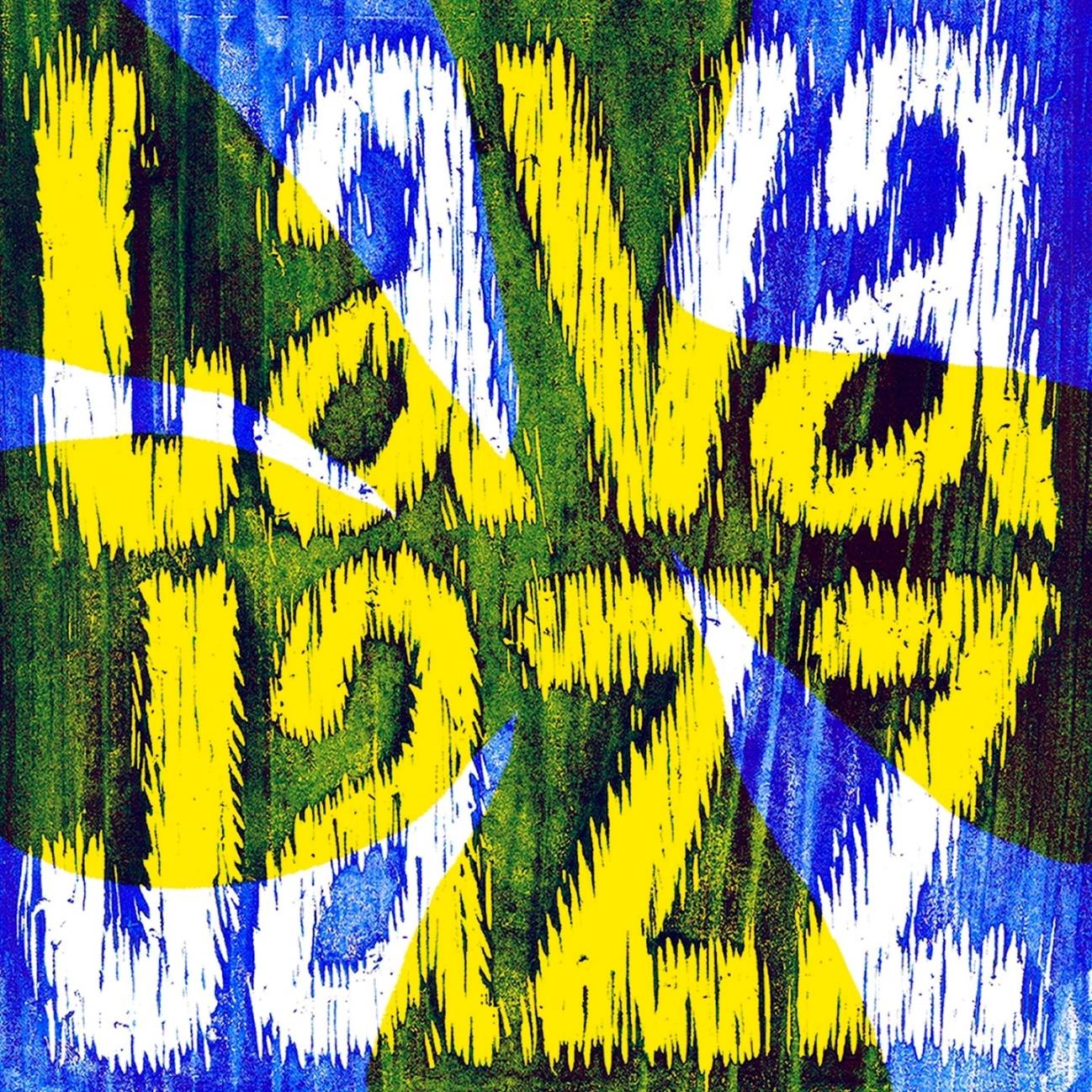










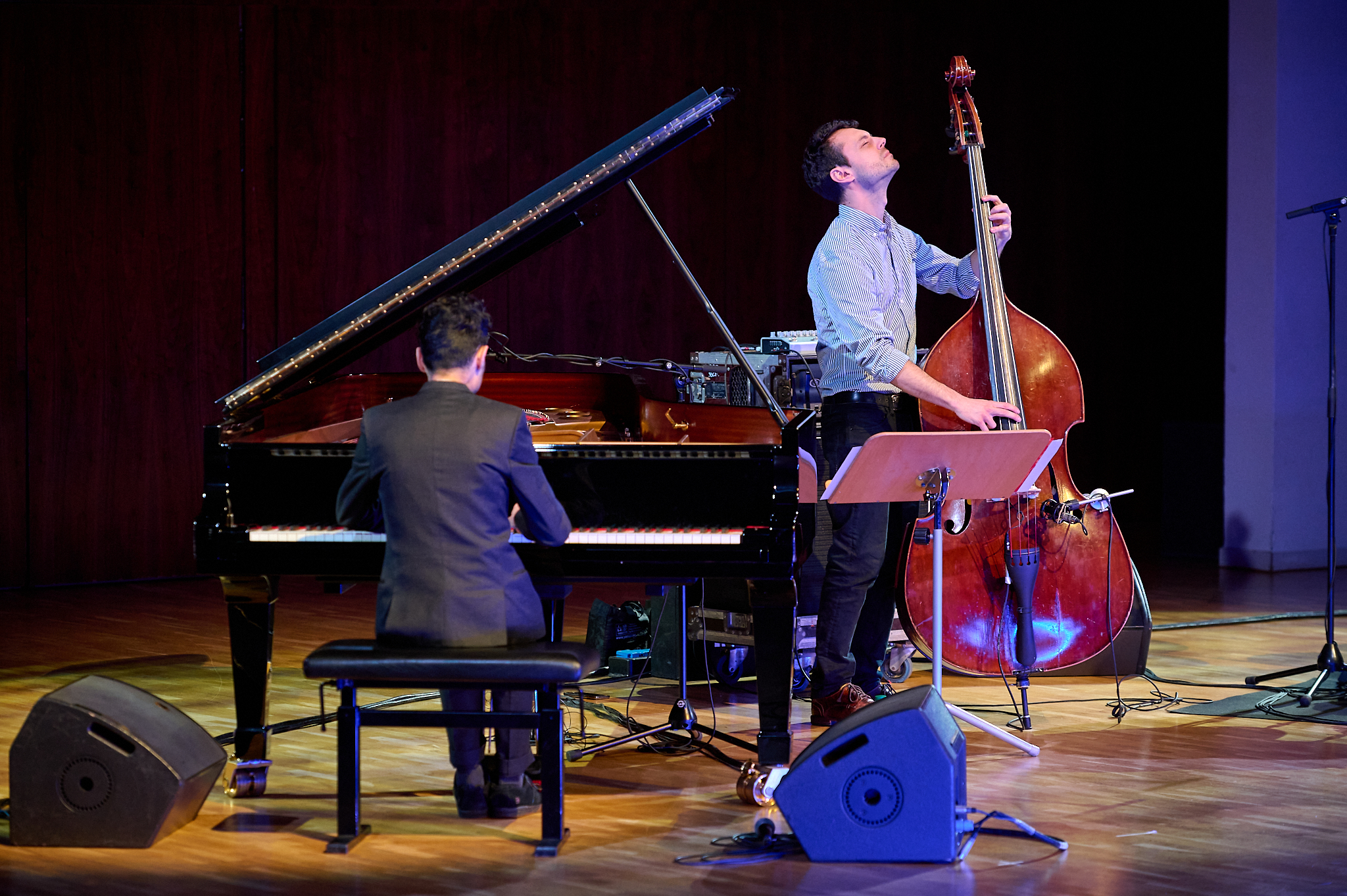





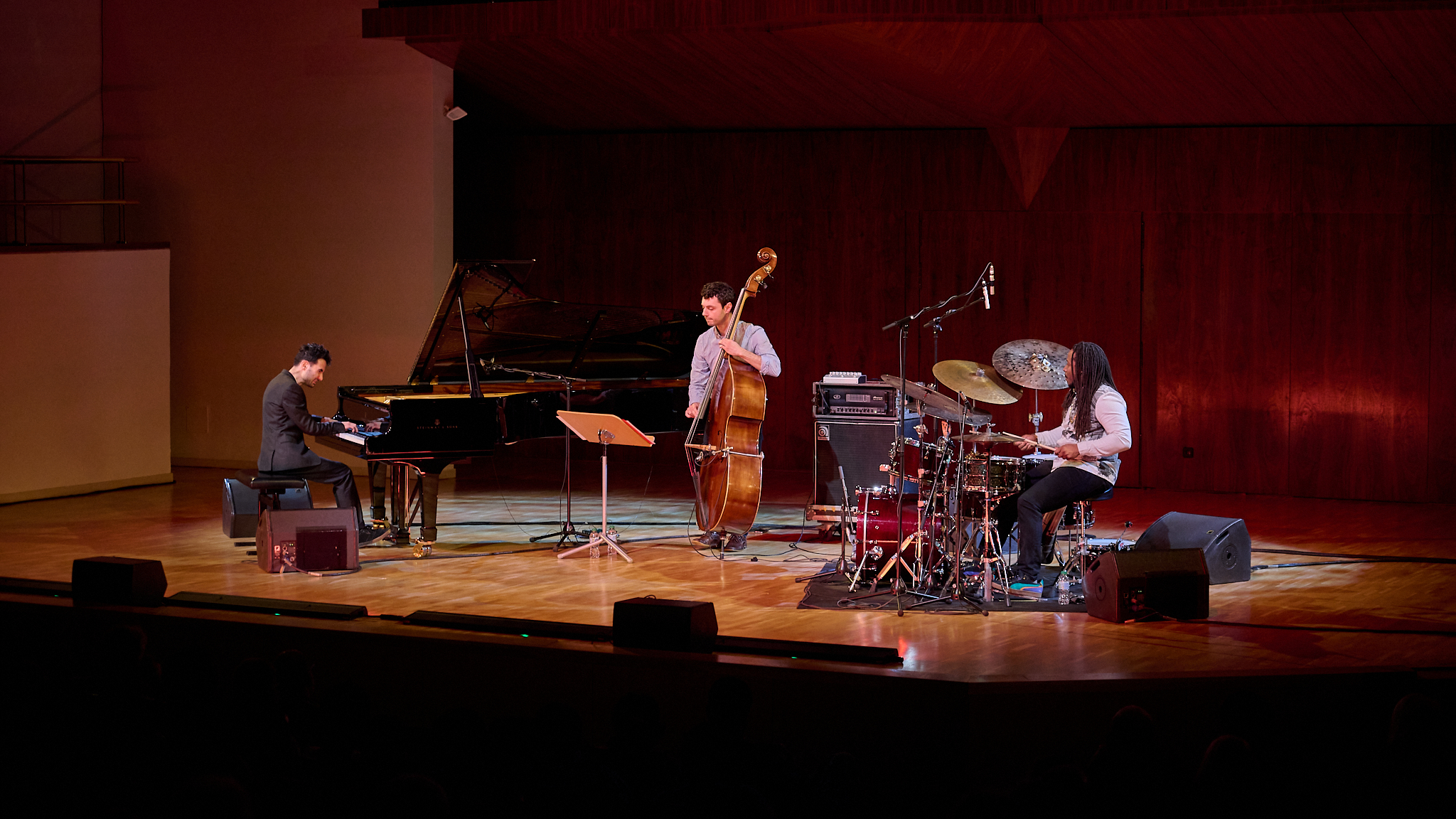



















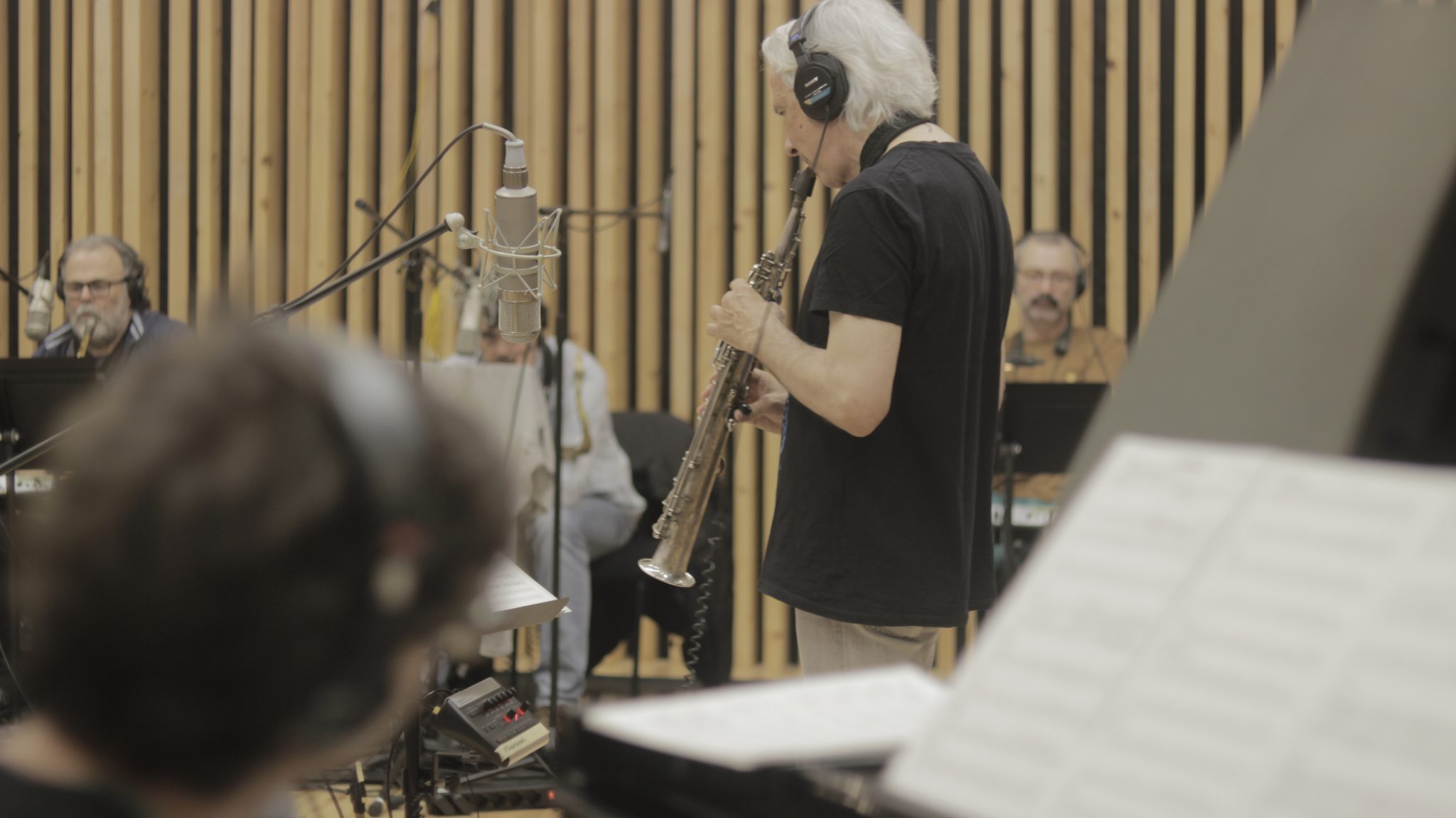
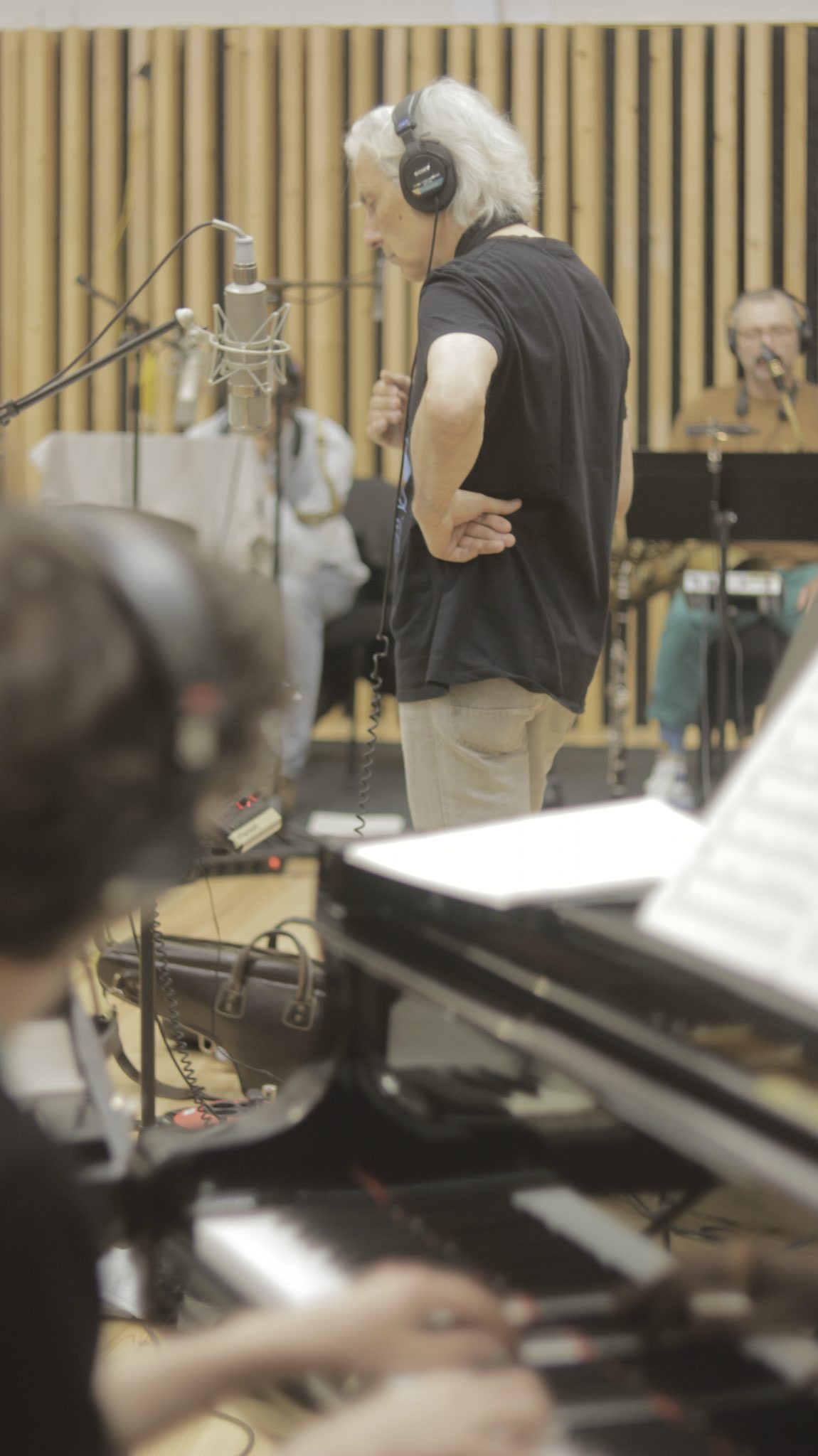

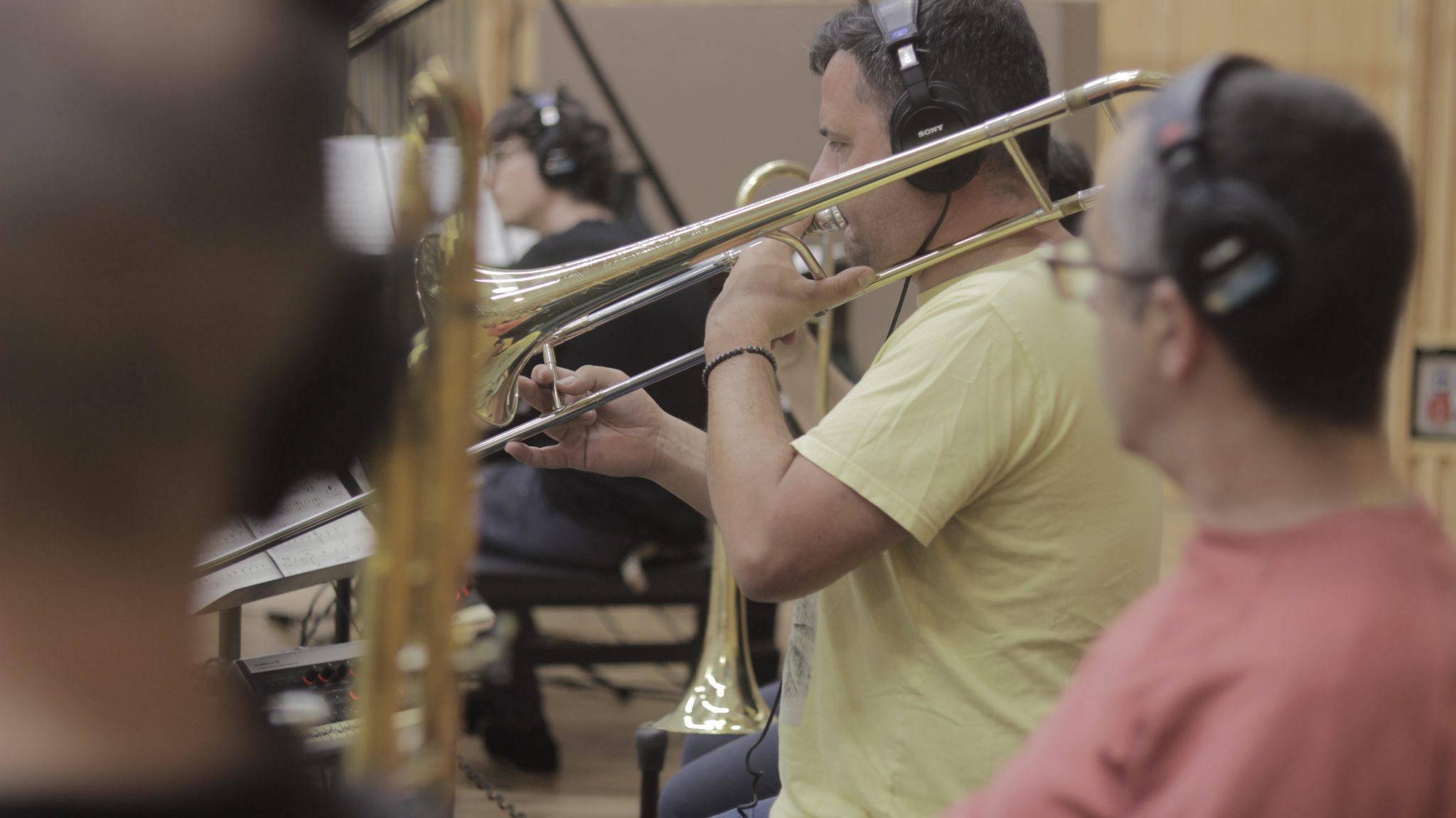

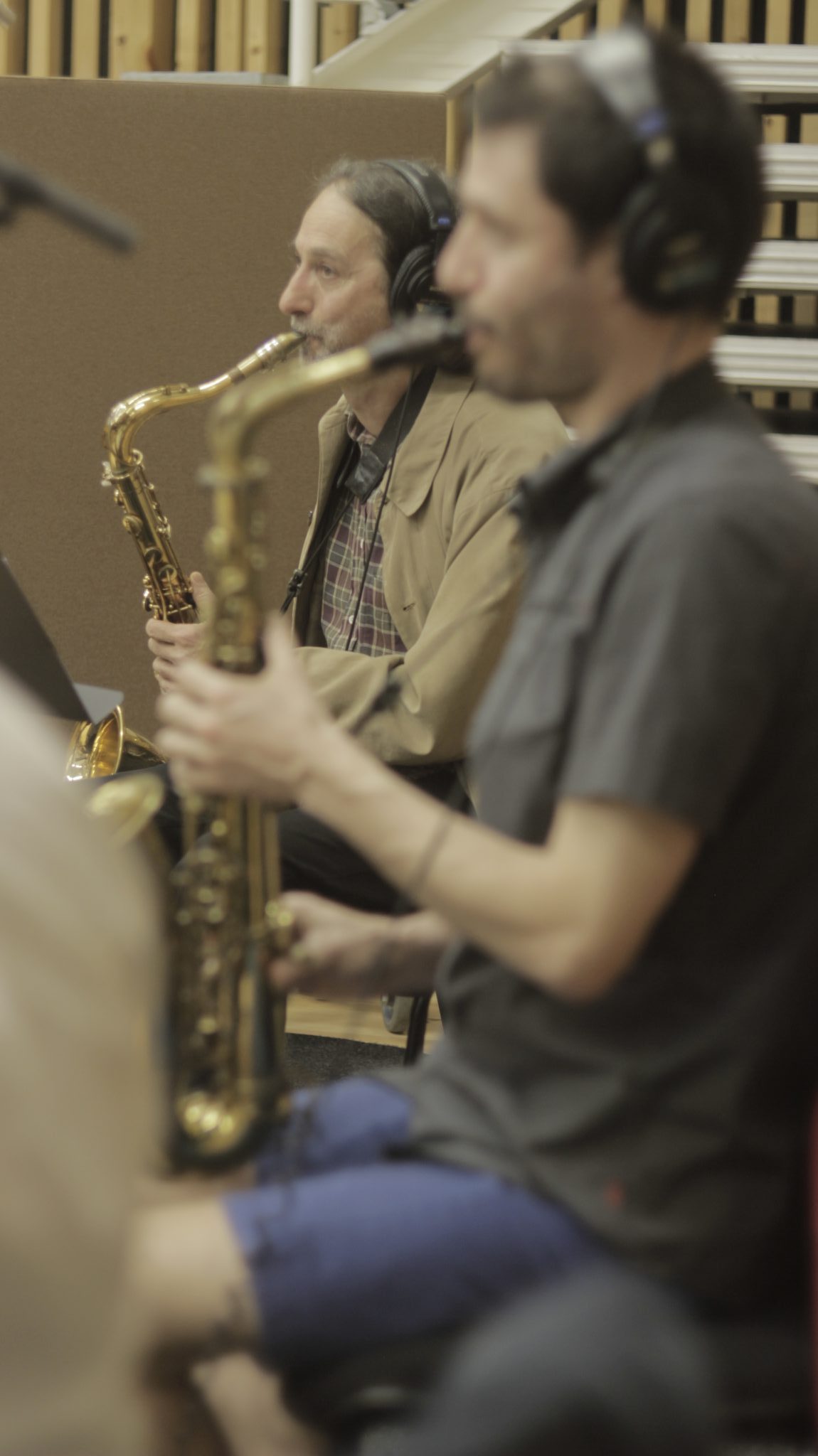






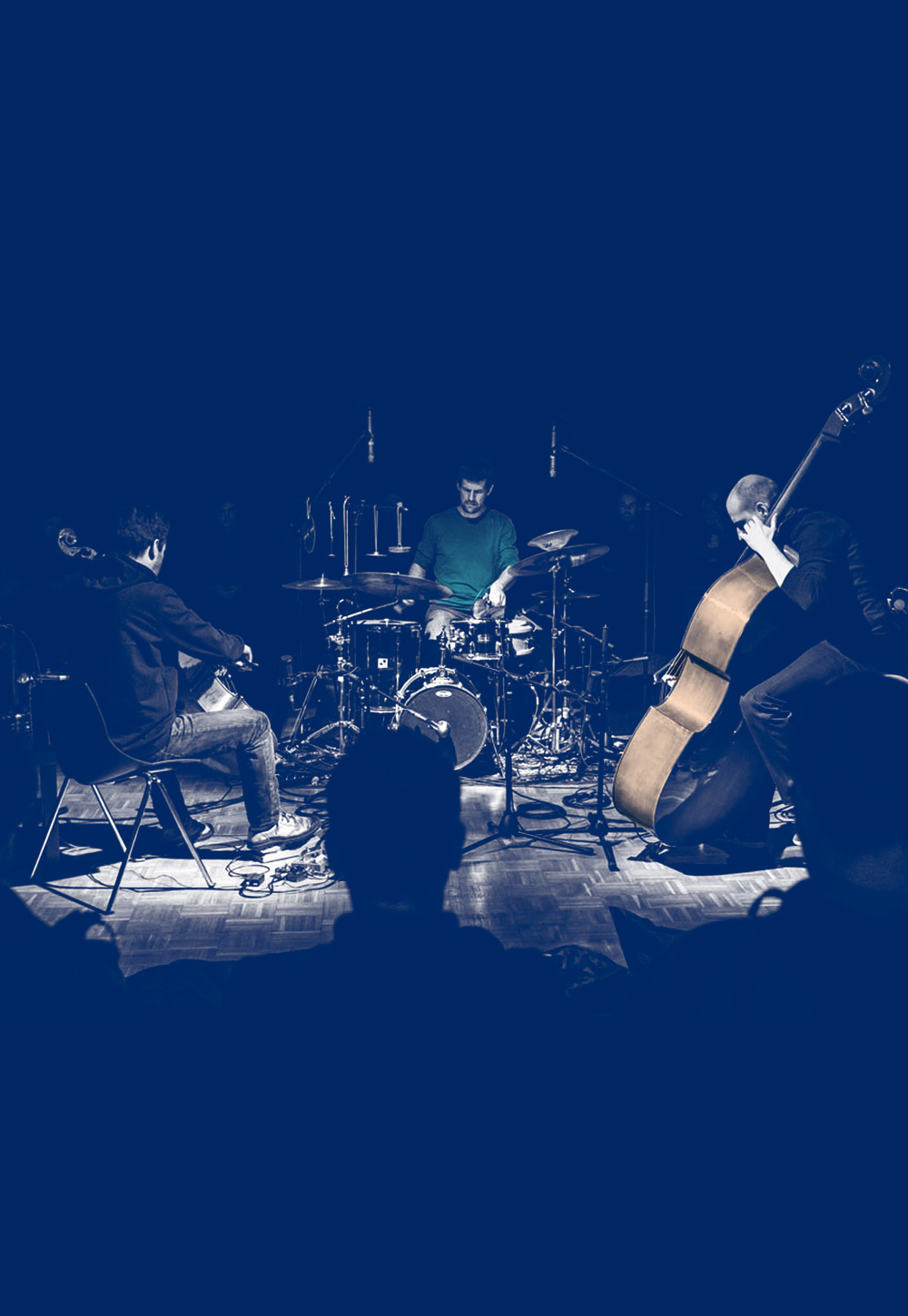


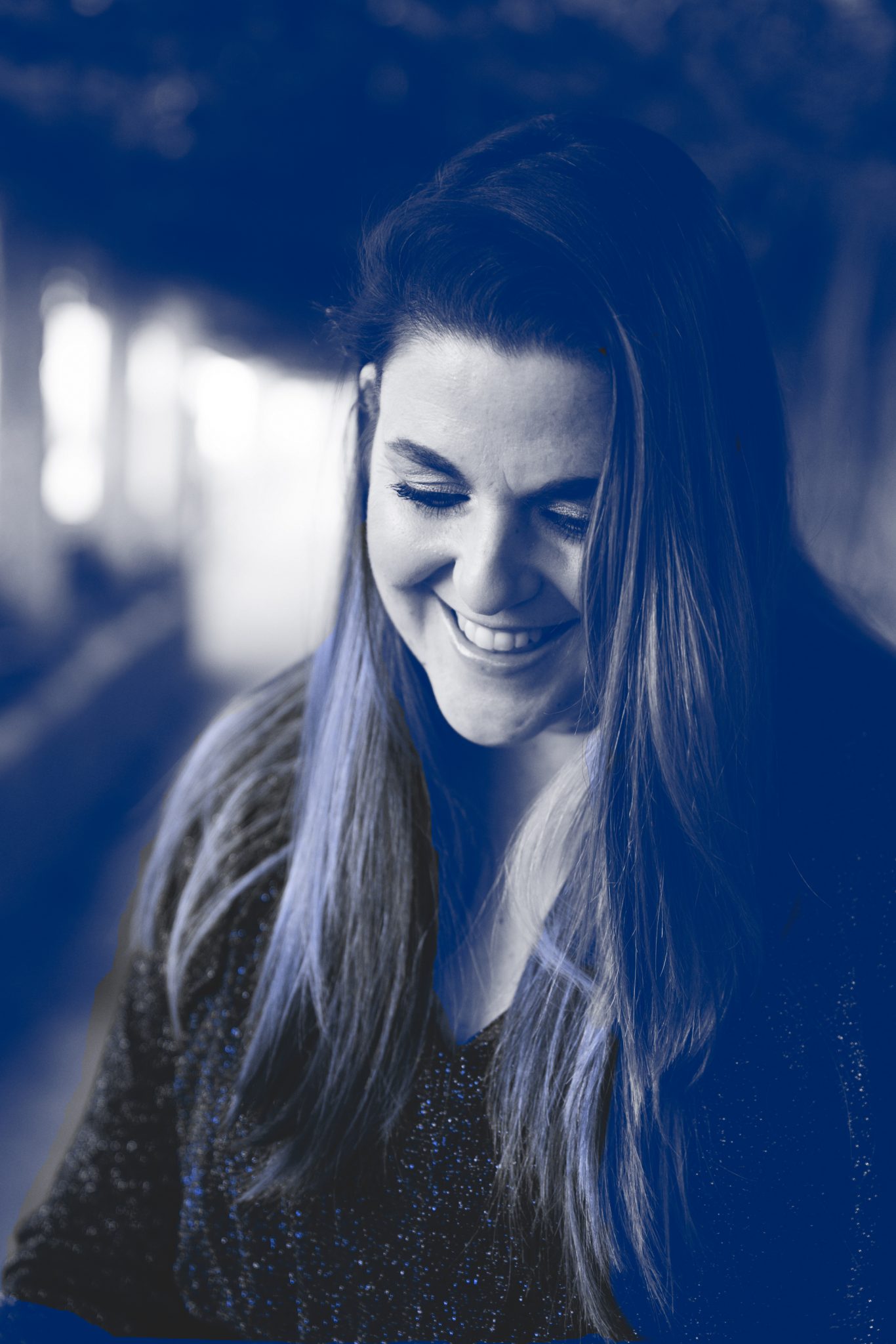


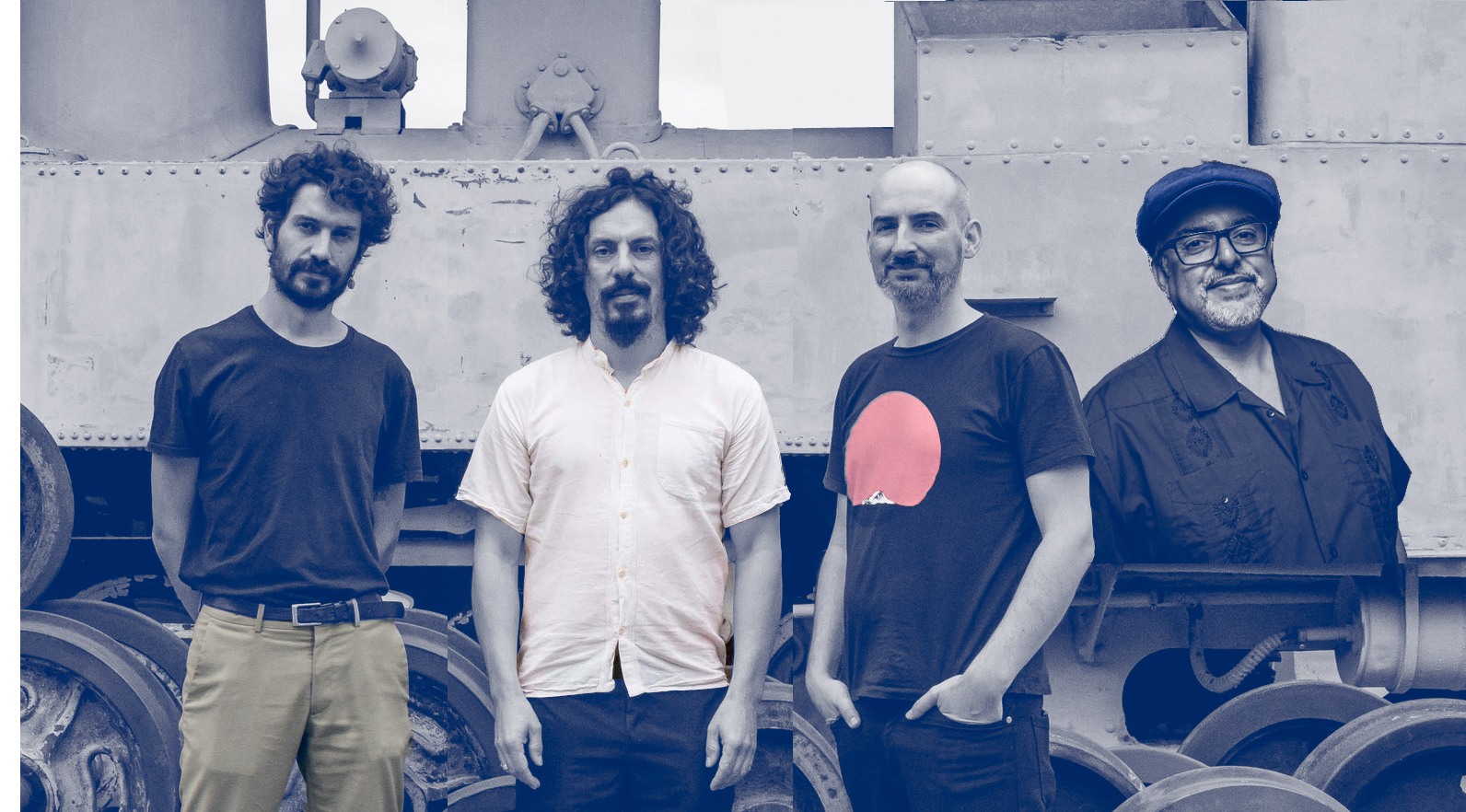



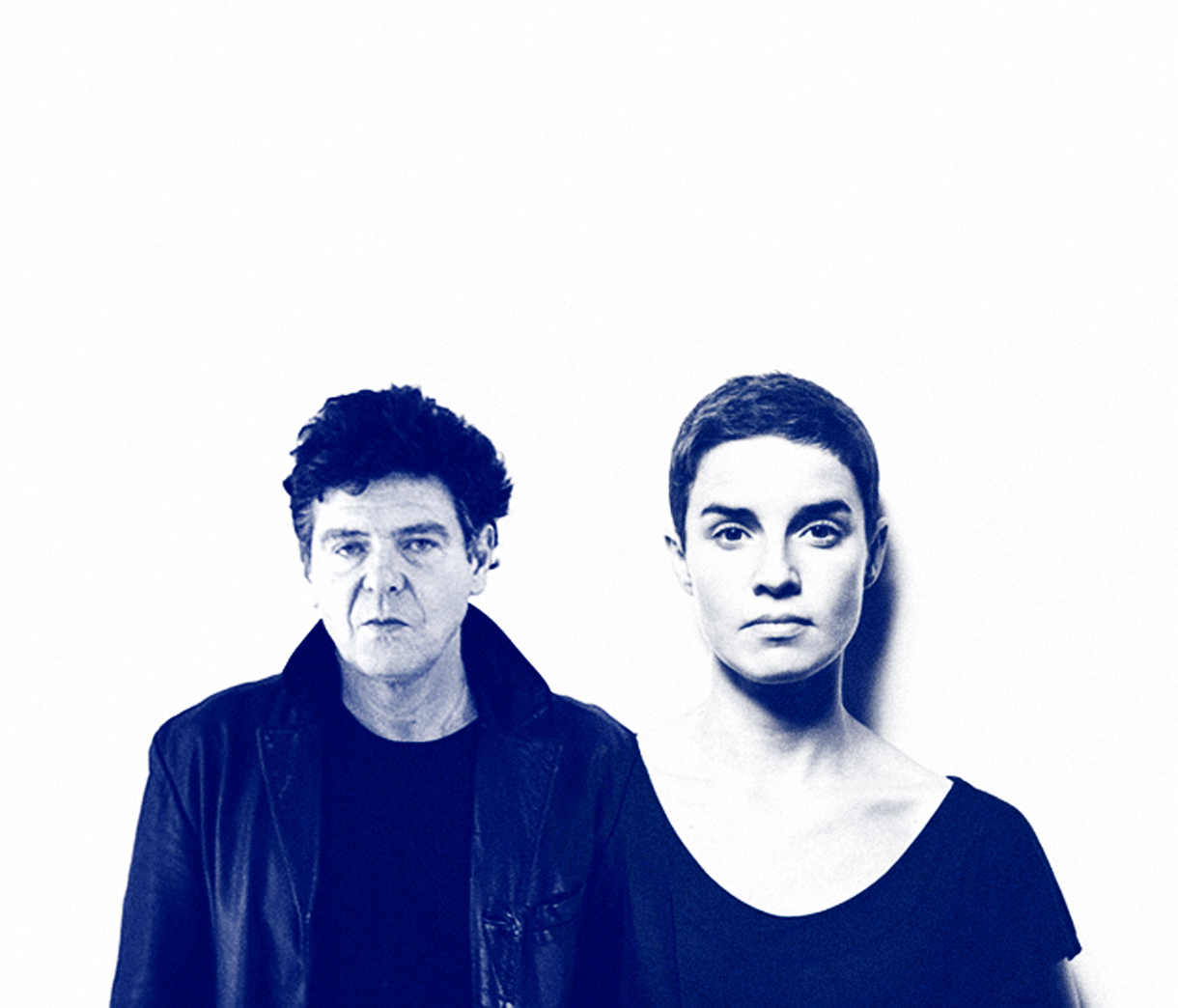







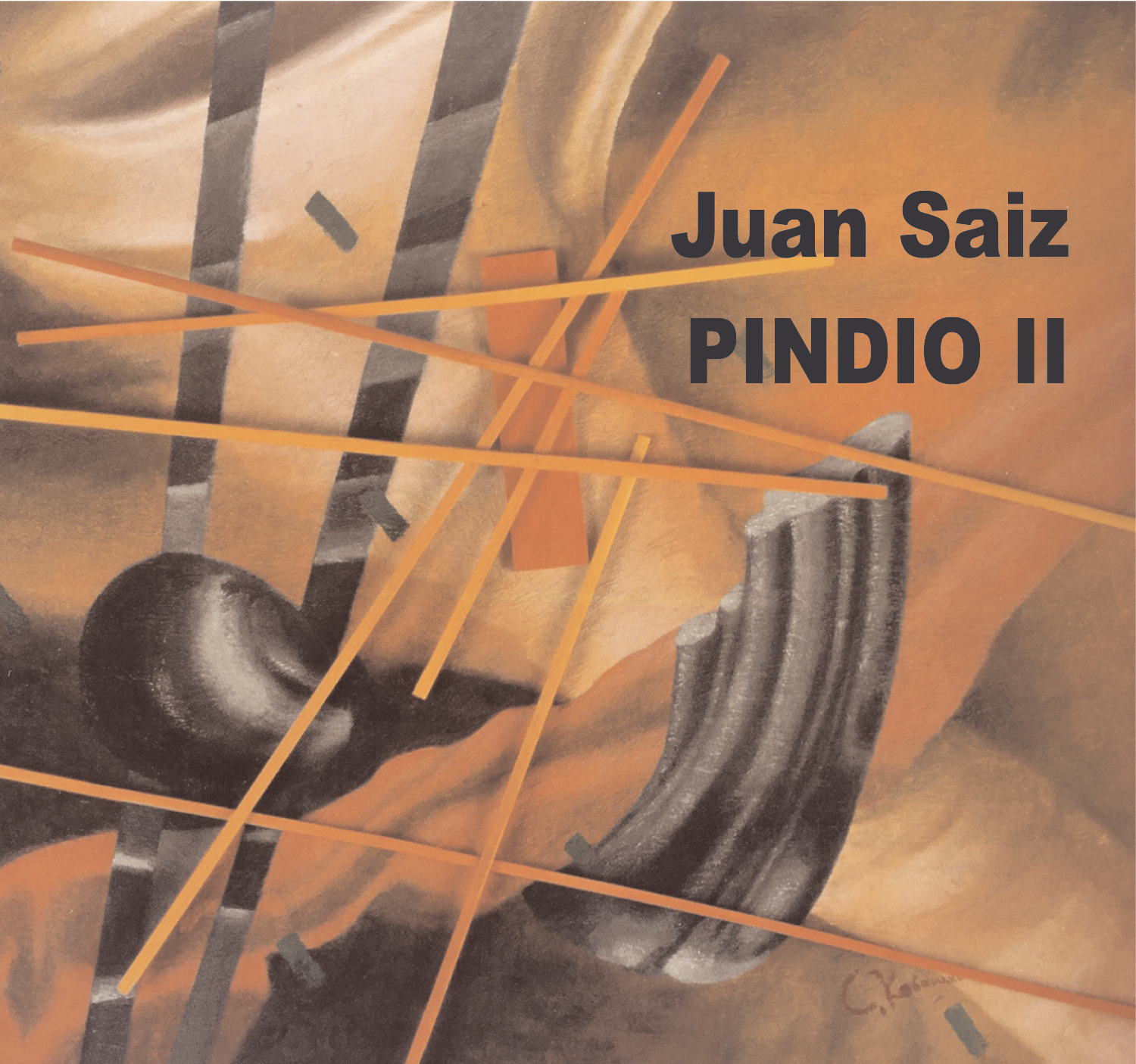







Comentarios recientes